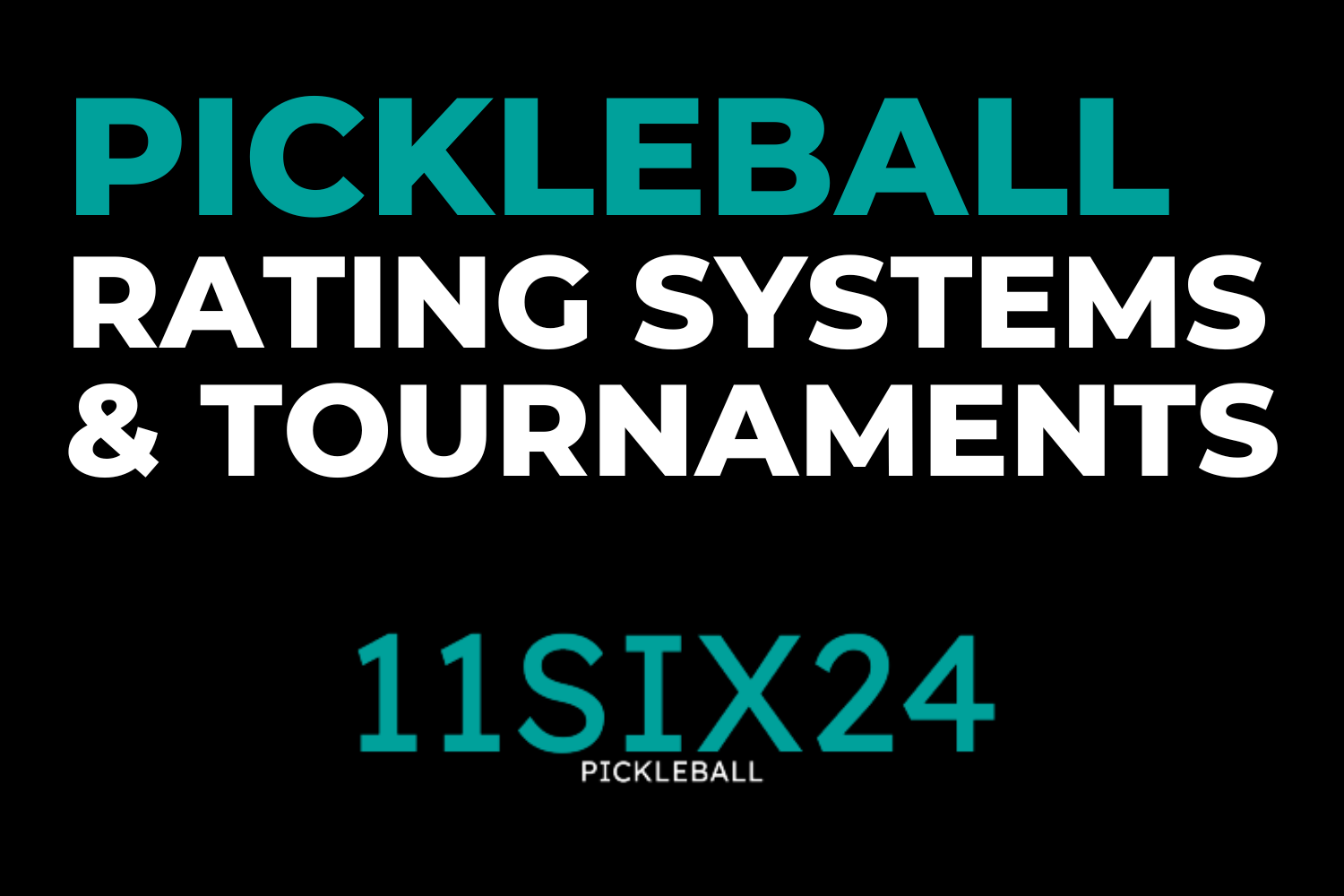Pickleball Rating Systems and Tournaments: What You Need to Know

With the growing popularity of pickleball, more and more players are looking to participate in tournaments and improve their skills. But with a variety of rating systems and tournament formats, it can be confusing to know where to start. In this blog post, we'll break down the different pickleball rating systems and tournaments, along with some tips for success. Whether you're a beginner or an experienced player, this guide will help you find the right tournament to showcase your skills and take your game to the next level.
Understanding Pickleball Rating Systems
A pickleball rating system is designed to help players find opponents of a similar skill level, ensuring competitive and enjoyable matches. The most widely used rating system in the United States is the USA Pickleball Tournament Player Rating (UTPR). This system assigns players a rating based on their performance in sanctioned tournaments. Ratings range from 1.0 (beginner) to 6.0 (professional). The UTPR is updated after each tournament, and players can also request a rating review if they believe their rating is inaccurate.
Aside from the UTPR, several other rating systems exist, such as the International Federation of Pickleball (IFP) rating and local club ratings. It's essential to familiarize yourself with the rating system used in your area and ensure your rating is up-to-date to participate in the appropriate tournaments.
Types of Pickleball Tournaments
There are various types of pickleball tournaments you can participate in, depending on your skill level and preference. These include:
1. Round Robin: In this format, players are divided into groups based on their rating, and each player plays against everyone else in their group. The winner of each group then advances to the playoffs or championship round.
2. Double Elimination: This tournament format guarantees each player at least two matches. After losing one match, players move to a consolation bracket, where they have a chance to play their way back into the championship round.
3. Single Elimination: In single elimination tournaments, players are out of the competition after losing one match. This format is usually faster than double elimination tournaments but offers fewer opportunities for gameplay.
4. Skill/Age: These tournaments group players based on both skill level and age, offering a more level playing field for older players who may face younger opponents with similar skill levels.
5. Mixed Doubles: In these events, male and female players team up to compete against other mixed-gender teams.
Tips for Success in Pickleball Tournaments
1. Prepare mentally and physically: Ensure you're in good physical shape and practice regularly leading up to the tournament. Additionally, develop a strong mental game by learning to stay focused and calm under pressure.
2. Know the rules: Familiarize yourself with the tournament's specific rules and format to avoid any surprises or confusion during gameplay.
3. Scout your competition: If possible, watch your opponents play before your match to identify their strengths and weaknesses and develop a game plan accordingly.
4. Stay positive and have fun: Remember that tournaments are an excellent opportunity to learn, grow, and meet new people who share your passion for pickleball. Keep a positive attitude and enjoy the experience, no matter the outcome.
In conclusion, understanding pickleball rating systems and tournament formats is crucial to finding the right events for your skill level and ensuring a fun and competitive experience. Familiarize yourself with your local rating system, research the various tournament types, and use our tips for success to make the most out of your pickleball tournament experience.

